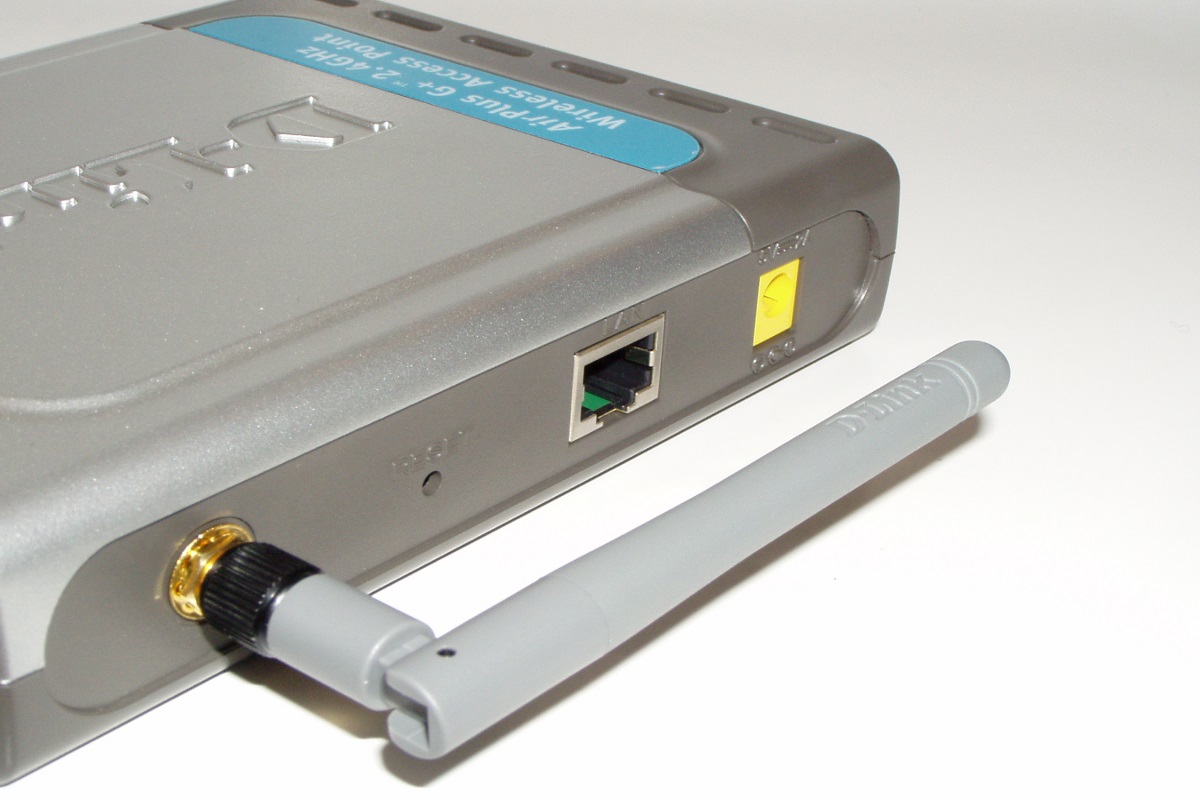Coming second only to essential services like electricity and gas, the wireless network is increasingly becoming the lifeblood of the home.
It powers everything from smart TVs, tablets, laptops, IP security cameras to internet-enabled appliances.

So, it’s no surprise that securing your home Wi-Fi network is essential. Here’s how to boost your security at home.
1. Set a (strong) Wi-Fi password##
On many wireless networks, you may have noticed that connection is only possible by using a password.
In many homes, the Wi-Fi network’s password is either non-existent (i.e an ‘open network’), very weak, or simply the default password that comes installed on the router. Needless to say, all of these options are a potential security nightmare.
Change your home Wi-Fi password by taking a look at the instruction manual that came with your router. Most consumer routers have an easy to use web interface where you can set new passwords easily. (Take a look at our guide to picking great passwords for some ideas!)
Failing to password-protect your home network might not seem like a big deal. However, nosy neighbours or nearby hackers can gain access to your network and quickly start racking up costs and reducing your speed.
If your broadband plan is metered or incurs charges for heavy use, slack security could easily cost you hundreds… or even thousands. Illegal activity originating from your home network can also land you in hot water – ignorance is no excuse!
2. Use encryption##
A password is only the beginning of your security consideration. All information transmitted wirelessly in your home should also be encrypted. Take a look at our guide to encryption to learn about this essential security strategy.
Encryption essentially prevents unwanted eavesdropping on your home network, scrambling the information. Two main forms of encryption exist for Wi-Fi networks: WPA, short for ‘Wi-Fi Protected Access’, and WEP, ‘Wireless Equivalent Privacy’. Of these two technologies, WPA is the newer and stronger type.
As far as security, WPA2 is preferable over both, and offers the best protection for your network.
Refer to your router’s documentation for your specific model, as many routers come with encryption turned ‘off’ by default. Lastly, if your router doesn’t offer WPA2 encryption, it’s time for a new one.
3. Change your SSID##
Taking a look at nearby Wi-Fi networks will reveal that many people don’t bother to change their default network name (SSID, short for ‘Service Set Identifier’) from their router’s default.
Common default names can reveal the brand and even model of your router, for example ‘linksys’, ‘NETGEAR’ or ‘belkin54g’. Combined with the default password, this can allow nearby hackers to tailor their attacks to your router’s specific brand and type.
4. Turn off all ‘Remote Management’ features
As a convenience, many new routers offer the ability to remotely access the administration panel, without being directly connected to the router.
This feature is rarely used by home users, but it can be leveraged by hackers. While you’re changing your router settings, switch this one off unless you specifically need to use it. (And after you’re done, switch it off again!)
5. Regularly update your router##
We keep Windows and OS X up to date, but did you know that security patches are also issued for your router?
Needless to say, security holes are the last thing you want in your home Wi-Fi hub, so get familiar with your router’s administration centre (refer to documentation) and learn how to download and install firmware updates. Also be sure to visit your router manufacturer’s website to check if there are any new updates for your model.
If your router is more than a few years old, also look into purchasing a newer model. In addition to better security technology, you’ll also find a significant performance upgrade and better Wi-Fi stability.
Combined with a strong security strategy, including the use of a password manager to store your network passwords, you can ensure that you’re always one step ahead of Wi-Fi fraudsters.
